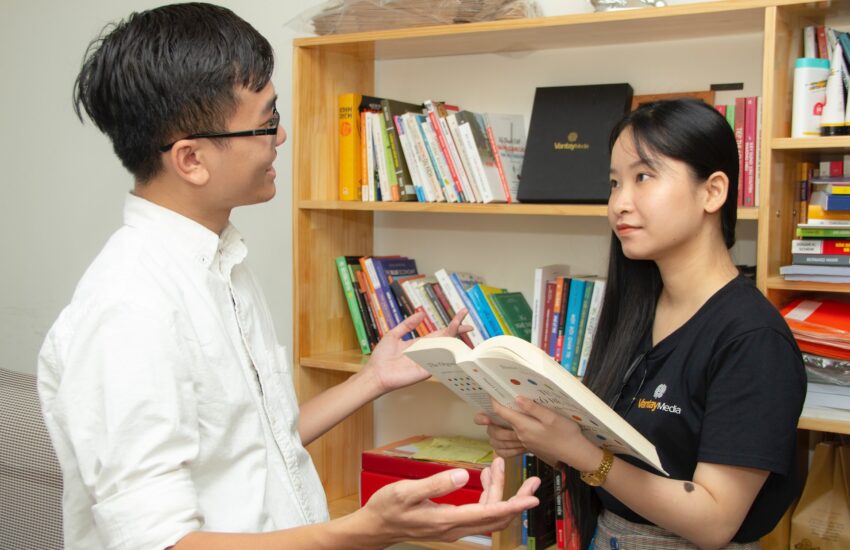Communicative Language Teaching (CLT) is an approach to teaching languages that emphasizes the ability to use the language effectively in real-life situations. As we have covered in an earlier article, In CLT classrooms, learners talk about personal experiences with partners, and instructors teach topics outside of the realm of traditional grammar books in order to promote language skills in all types of situations. It encourages learners to incorporate their personal experiences into their language learning environment and to focus on the learning experience, in addition to the learning of the target language. Basically students learn by bringing their own real life situations to the classroom. This approach brings with it great benefits to the classroom, such as:
A Focus on real-life communication
CLT approaches language learning as a means to an end, rather than an end in itself. This means that learners are exposed to language that is relevant to their needs and interests, and that they can use in real-life situations. Think about authentic materials, and scenarios that are not only relevant to their learning goals, but parallels to occurrences they face in their native native language, brought to the target language.
All Language Skills Are Developed
CLT approaches place equal emphasis on the development of all language skills, including listening, speaking, reading, and writing. While it may seem that speaking takes a bigger role in CLT, it does not mean that other language skills are ignored or forgotten. In fact, they are used throughout the lesson, albeit in specific scenarios.
Learner Autonomy Is Encouraged
CLT encourages learners to take an active role in their own learning, and to use the language in a way that is meaningful to them. This helps to develop learner autonomy and self-motivation. In an CLT classroom, the teacher scaffolds students when necessary, but doesn’t take the main role in activities.
Interaction And Collaboration Are The Heart Of CLT
A lot of interaction and collaboration is a typical occurrence between learners. Task-based activities do not work without interaction. This, in hand, helps to build a sense of community in the classroom and promotes the development of social skills.
Encourages the use of authentic materials and resources
CLT approaches use authentic materials and resources, such as real-life dialogues, news articles, magazine clippings, brochures, songs, and videos. This helps learners to develop a deeper understanding of the culture and society associated with the language they are learning, and to develop their language skills in a more natural and authentic way.
Such benefits also come with some challenges. However, these come with many variables, including, but not limited to: the district’s disposition to give Communicative Language Teaching a try, or geographical contains that could fall in the challenges listed below:
Student Diversity
Students may have different levels of proficiency in the second language, cultural backgrounds, and learning styles, which can make it difficult to create a lesson that is effective for everyone. These issues can be presented when CLT is presented as a catch-all instead of an approach that is efficient for language learners.
Limited Resources
Teachers may have limited resources such as textbooks, materials, and technology, which can make it difficult to create engaging and interactive lessons. CLT demands a constant influx of resources that could be difficult to replenish for a school or district with constrained funding.
Time
With a limited amount of time to teach the second language, teachers may struggle to cover all of the necessary grammar and vocabulary, as well as provide opportunities for students to practice and develop their language skills.
Photo by Van Tay Media on Unsplash

